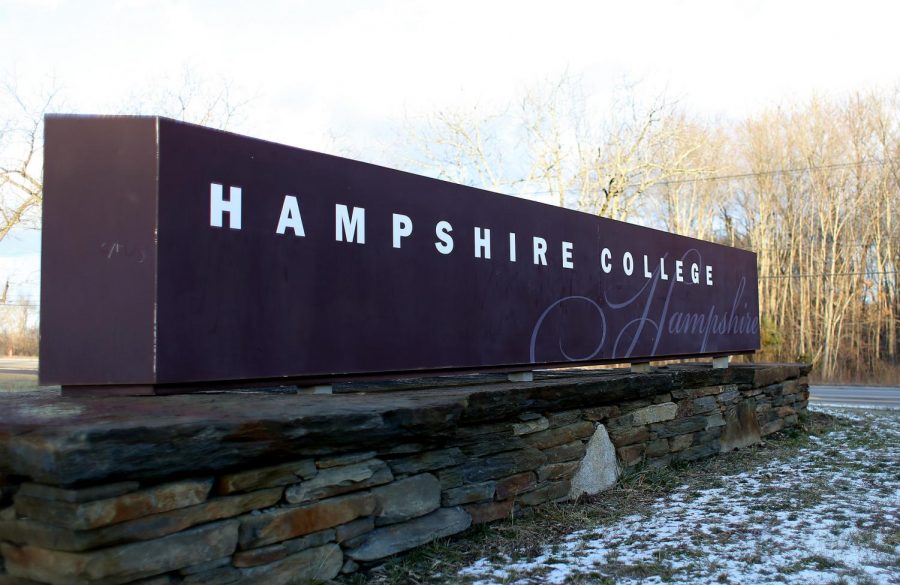Hampshire, Amherst, Smith, Williams and Bowdoin Colleges have formed a partnership to purchase solar power from an offsite facility in order to improve campus sustainability and reduce greenhouse gas emissions.
The partnership, which has been named the New England College Renewable Partnership, entails the five colleges purchasing solar energy produced in a solar power facility in Farmington, Maine. Through the partnership, the colleges hope to offset a combined 46,000 megawatt hours of electricity each year.
The partnership signifies the first collaboration between New England higher education institutions to purchase solar electricity. To the members of the collaboration, it represents a major step in colleges shifting toward increased sustainability on their campuses.
“The involvement of four other highly regarded institutions in New England allows all of us to move forward with our climate action plans and multiplies the effect overall,” Amherst College President Biddy Martin said in a statement. “It also sends an important message that every institution and every individual can be an agent for positive forward movement on the urgent challenge of sustainability.”
As part of the collaboration, the schools will receive their solar energy from a solar facility built by a subsidiary of NextEra Energy Resources, a large utility company that produces clean energy through various alternative energy sources, such as solar facilities and wind farms. The facility that will produce the solar energy is expected to open in 2019.
Dwayne Breger, director of the UMass Clean Energy Extension and professor of environmental conservation, assured the viability of solar energy as both a source of renewable energy and as an industry.
“The amount of solar installed in Massachusetts, and in many other parts of the country and the world, has been growing exponentially, especially over the past seven to 10 years. There are over 70,000 projects installed in Massachusetts, so it is definitely a viable technology and quite frankly, it is a viable industry now,” Breger said.
The collaboration is expected to lead to significant reductions in greenhouse gas emissions by each of the schools, including a 3,200-metric ton decrease in carbon dioxide emission at Amherst College.
According to Dano Weisbord, director of sustainability and campus planning at Smith College, the University also expects to reduce the campus’ environmental impact with the use of the solar energy purchased in the partnership.
Weisbord said that the purchase and use of solar energy “will drop our [sic] carbon footprint by about 10 percent. We make about 70 percent of our electricity on campus…and we buy about 30 percent, so the 30 percent that we buy will be entirely covered by this project, so that 30 percent will all come from solar.”
The partnership was initially spearheaded by Hampshire College President Jonathan Lash, who was later joined by Smith College President Kathleen McCartney to move the process forward.
According to Weisbord, Lash “felt that there was an opportunity for some of the local colleges and universities to do something relevant to renewable energy. So, he proposed it, and Kathleen McCartney took up the banner as well, and they charged several sustainability directors in the area to start looking into it.”
Lash, who plans to retire in June of this year, has pursued various sustainability projects at Hampshire College throughout his tenure as president. Such projects include providing 100 percent of Hampshire’s electrical needs through sustainable photovoltaic systems and converting mowed lawns on campus into natural meadows.
In addition to the environmental benefits of the collaboration, Lash sees it as an opportunity to set an example for the many students who attend these colleges.
“This is the challenge facing our students as they reshape the workforce in the next 20 years: How to turn the U.S. economy into a low-carbon economy,” Lash said in a statement.
“Spending so much time on campus, they learn from not only what we teach, but how we choose to live. We’re working together with them to address this serious challenge,” he added.
Will Mallas can be reached at [email protected].




















